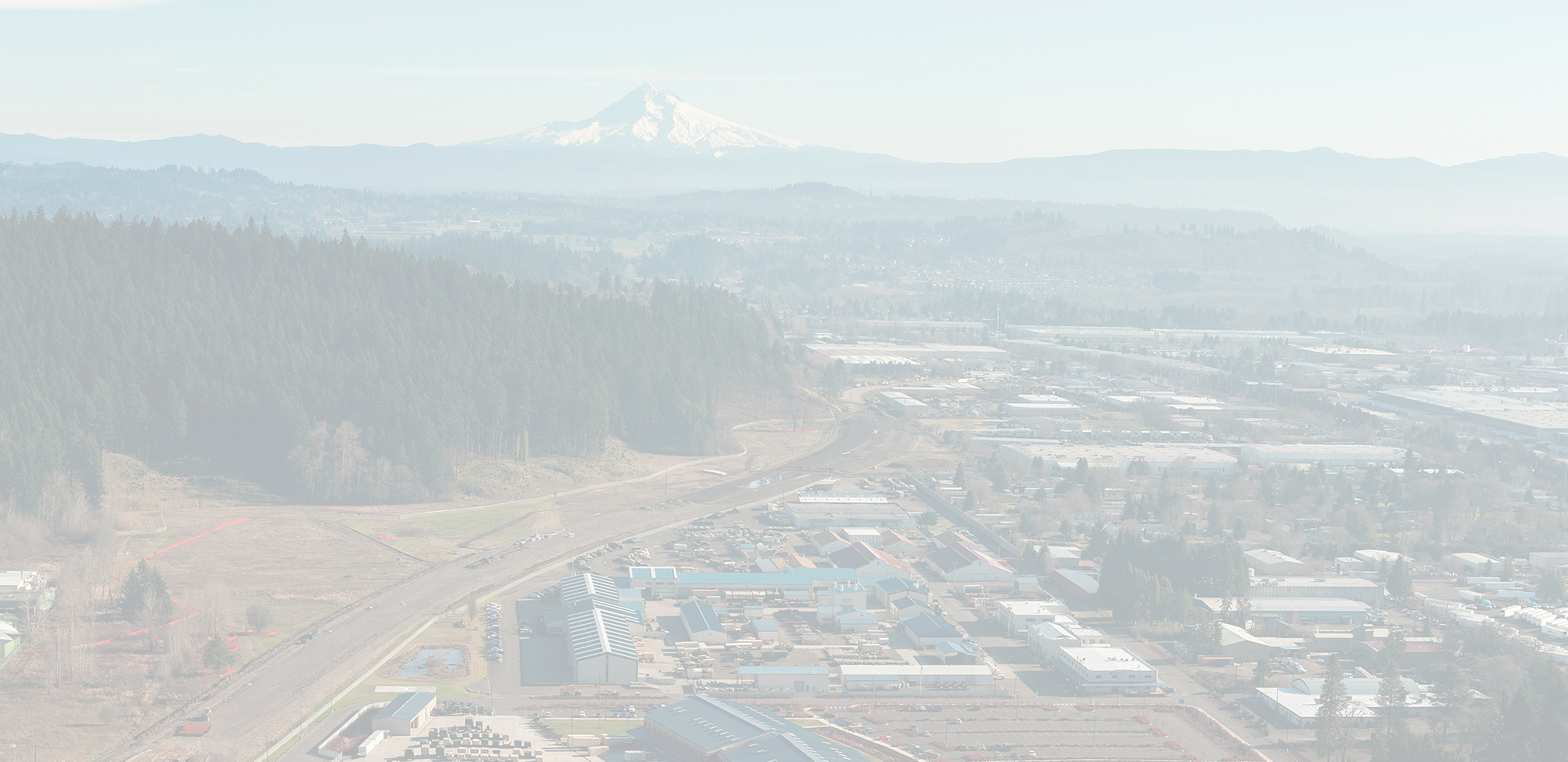Summit Strategies worked with Clackamas County on the Sunrise Corridor, an innovative set of transportation projects to open up the Clackamas Industrial Area and address severe congestion and safety issues while balancing the reality of funding constraints.

Clackamas County-Sunrise Corridor
Problem
Summit Solution
The partners at Summit Strategies worked with the County to design and implement a plan to structure and fund the project, including breaking the project up into phases. We worked closely with the County to brief the Oregon Congressional delegation regularly, giving them a near constant stream of information on the project, the importance of it to the economic health of the County, and the development of its industrial lands and critical private sector partners. We worked to put together a coalition of other local governments, organizations and private businesses to lobby Congress and the state on the project. And we worked with the Oregon Department of Transportation to ensure that the project featured in their plans going forward.
Summit’s coordinated lobbying effort involved:
-
Lobbying
-
Coalition building
-
Grant Support
Result
The Oregon Congressional delegation was eventually able to secure more than $20 million through authorization and appropriations bills and through the US DOT. We also worked closely with the County to get ODOT to modify and change the scope of the project to meet the County’s needs and desires, and with the County in their successful efforts in the Oregon state legislature to secure additional funding for the project through the Jobs and Transportation Act.
After years of planning and three years of construction, Phase I of the sunrise corridor was completed in June of 2016. The result of this $130 million is the creation of a new four-lane, 2.5 mile expressway with new bicycle and pedestrian paths and reconstructed and improved adjacent roadways. This was the first new highway to be built in the Portland area in 34 years. We continue to work with the County, the regional governments, the Oregon Department of Transportation, USDOT and the Oregon Congressional delegation on phase two of this important project.

